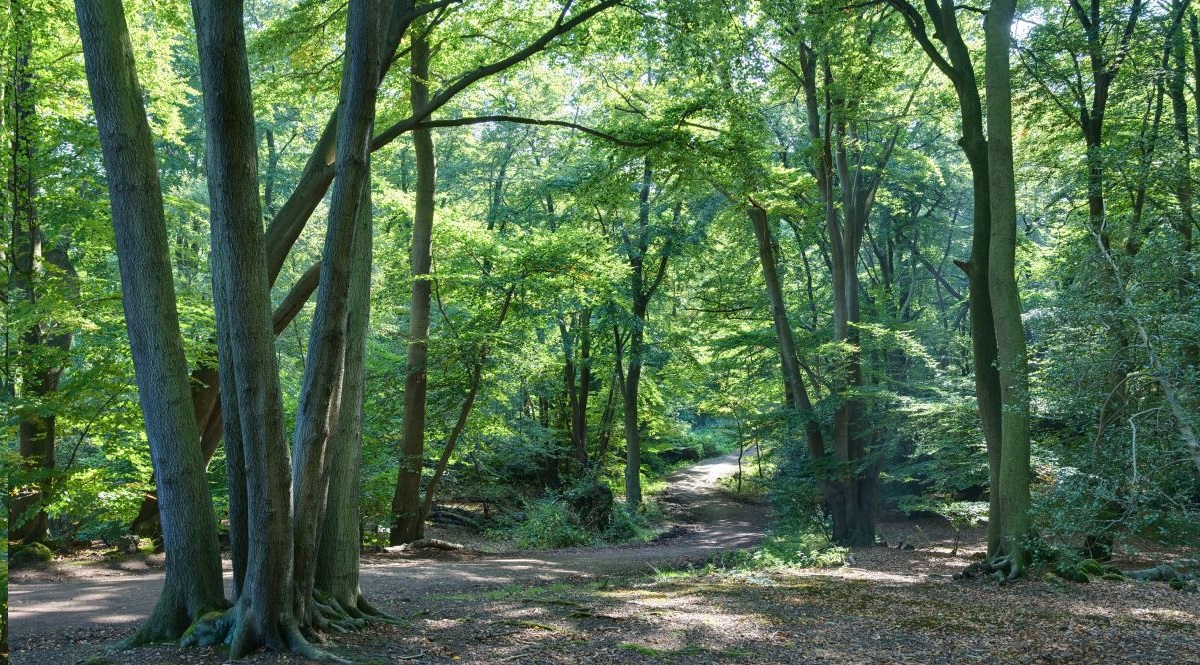
Investing in small woodlands is a popular and potentially lucrative way to make – and save - money from land in Northern England and the Scottish Borders.
Figures from the Forestry Index show that returns from woodland have averaged around 8 per cent for the last 20 years and there are also a number of tax benefits associated with owning woods.
Owners are not liable for income tax from harvesting commercial woodland, there is no capital gains tax to pay as the value of the trees increases and there is no inheritance tax if the woodland was bought more than two years before the owner’s death, provided that they are managed on a commercial basis.
Smaller plots of woodland are currently selling for anything between £4,000 and £10,000 per acre with the advantages associated with ownership leading to a growing demand.
Michael CL Hodgson in Kendal and H&H Land and Property in Carlisle have both sold a number of woodlands recently, with prices well above the guide price being achieved.
MCL Hodgson is currently marketing Blue Hill and Red Bank Wood on the outskirts of Ambleside.
The 16.21 acre site, which has a guide price of £80,000, has oak, ash, sycamore, cherry, birch and beech trees, with blue bells in the spring.
It also boasts its own natural waterfall, a former quarry and magnificent views of the Lakeland Fells. A Forestry Commission approved Woodland Management Plan is in place for the site.
Owning woodland is 'growing in popularity'
Mark Barrow from H&H Land and Property in Kendal said: "Owning woodland is growing in popularity and we are expecting a lot of interest in Blue Hill and Red Bank Wood.
"Woodland appeals to a variety of people; we’ve recently sold a wood to someone who invested part of his retirement lump sum payment on it. Caring for the land keeps him occupied, fit and healthy.
"They’re also popular with families with children, who see the land as an amenity as well as a potential source of income.
"However, if you’re considering investing in woodland, it’s important to understand both the pros and cons of this type of landownership."
The main driver for increasing woodland prices has been the escalating price of land rather than the value of timber rising.
But in the last five years, the value of woodland has increased by around 50 per cent.
Mark said: "If you are considering buying woodland, you must carry out a survey and pay stamp duty on the purchase just like a house.
"It’s also worth taking out public liability insurance in case of any accidents on the land.
"Buying woodland isn’t like buying land to build on. Woods come with their own regulations.
"For instance you can’t operate a business or cut down trees without obtaining the correct permissions and building in woodlands is restricted, so expert planning advice should always be sought."
Woodlands could provide buyers with their own fuel source or owners might have other objectives and desired outcomes such as commercial harvesting, game purposes and wildlife conservation.
Management must be tailored for each individual circumstance and may include periodic clearing or coppicing in order to keep the woodland healthy.
Mark said: "There are many benefits to investing in woodland, both financially and for lifestyle reasons, but it’s important to have a good understanding of the time and effort that goes into managing them efficiently, and of the regulations that govern what you can and can’t do on site."
